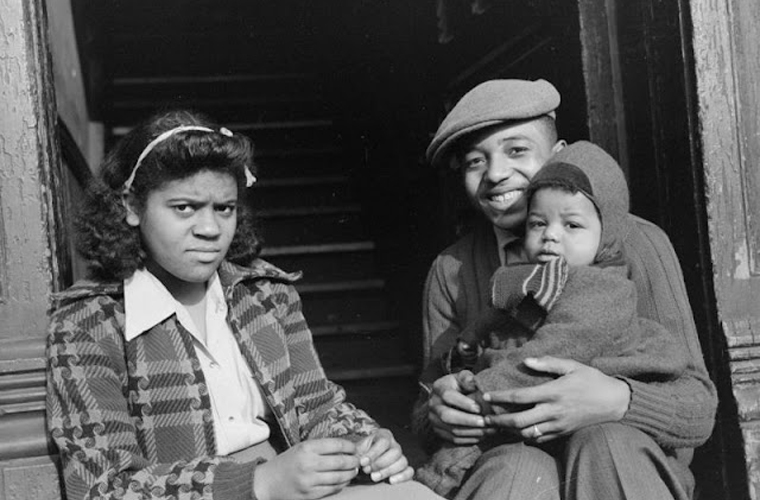The Great Migrations from 1910 to 1960 marked a significant demographic shift in the United States, as millions of African Americans made the journey from the rural South to urban centers such as Chicago. This mass movement of people had profound social, economic, and cultural implications, shaping the course of American history in the 20th century.
The push factors driving this migration were rooted in the harsh realities of life in the Southern states. African Americans faced systemic racism, economic disenfranchisement, and limited opportunities for social and political advancement. The legacy of slavery and the Jim Crow laws created a climate of oppression and inequality, prompting many to seek a better life elsewhere.
In contrast, the pull factors of the Northern cities offered the promise of economic opportunity, greater personal freedom, and the chance to escape the pervasive racism of the South. Industrialization and the demand for labor in urban centers provided a pathway to employment and economic mobility for African Americans seeking a better life for themselves and their families. Chicago emerged as a primary destination for many migrants due to its burgeoning industrial economy and reputation as a city of opportunity. The city’s meatpacking, steel, and manufacturing industries offered steady employment and the potential for upward mobility, drawing African Americans in search of a better future.
The impact of this mass migration on Chicago was profound. The city’s population swelled as African Americans arrived in search of new beginnings, contributing to the cultural vibrancy and diversity of the urban landscape. Neighborhoods such as Bronzeville became vibrant centers of African American life, fostering a rich cultural heritage that would shape the identity of the city for decades to come.
However, the influx of African American migrants also sparked tensions and challenges. Housing discrimination and segregation were rampant, leading to overcrowded and impoverished living conditions in many African American neighborhoods. Racial prejudice and violence further exacerbated the difficulties faced by newcomers seeking to establish themselves in their new homes.
Despite these obstacles, the Great Migrations brought about significant social and political changes. The influx of African American voters in Northern cities like Chicago empowered a new political voice, leading to increased representation and advocacy for civil rights at both local and national levels. The cultural contributions of African Americans enriched the fabric of American society, influencing music, literature, art, and activism in profound ways.
The legacy of the Great Migration continues to shape the dynamics of American society today. The demographic shifts it set in motion have had a lasting impact on urban centers like Chicago, contributing to the rich tapestry of diversity and multiculturalism that defines these cities. The resilience and determination of those who made the journey from the rural South to seek a better life in the North stand as a testament to the enduring spirit of hope and perseverance in the face of adversity.
In conclusion, the Great Migrations from 1910 to 1960 represented a pivotal moment in American history, as millions of African Americans sought new opportunities and a brighter future in cities like Chicago. This mass movement reshaped the social, economic, and cultural landscape of the United States, leaving a lasting legacy that continues to resonate today.


